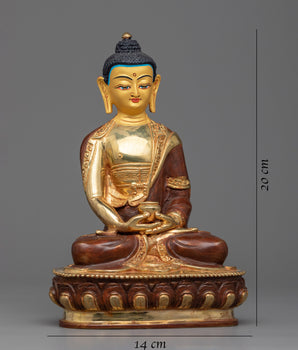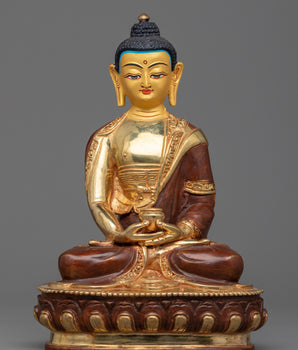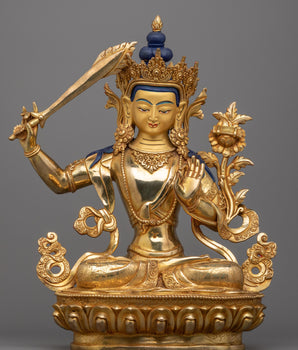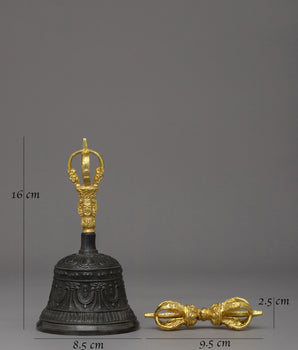







Marpha Sculpture | Tibetan Artwork for Shrine and Altar Decor

100% AUTHENTIC

HANDMADE

FREE SHIPPING
Handmade Marpha Sculpture | Buddhist Master for Altar
-------------------------------------------
Size: 5.9”/15cm (Height) x 3.9”/10cm (Base)
Weight: 0.95 kg
Material: Oxidized Copper Body, Acrylic Painting
-------------------------------------------
About our Statue:
Marpha Sculpture is made from oxidized copper, showcasing traditional Himalayan artistry with a rustic and timeless finish. Measuring 5.9”/15cm in height and 3.9”/10cm at the base, it weighs 0.95 kg. Ideal for altars, meditation spaces, or as a unique cultural keepsake, it carries the serene energy of its high-altitude origins.
Marpa is depicted seated on a throne in the classic padmasana (lotus) posture, wearing traditional monastic robes. His mature face reflects wisdom and experience, complemented by large earrings symbolizing his noble status. His hands rest calmly on his knees, embodying grounded composure and mastery. This portrayal honors Marpa’s role as the revered teacher and translator in the Kagyu lineage.
Introduction to Marpa:
Marpa (1012–1097), also called Marpa Lotsawa, was a well-known Tibetan Buddhist teacher and translator. His most well-known contributions are his translations of numerous significant Buddhist texts from Sanskrit into Tibetan and his role as Milarepa's teacher. Marpa studied under renowned gurus in India and Nepal, making many trips there and returning with a wealth of knowledge and techniques that would have a big impact on Tibetan Buddhism. His life is a prime example of how to combine intense spiritual practice with rigorous academic study. The Kagyu school of Tibetan Buddhism was founded on the translation and dissemination of the teachings by Marpa.
How do you take care of your statues?
• Place them at room temperature, avoiding direct sunlight.
• Make sure that the area where your statue is placed is entirely free of moisture and dust.
• Place it at the highest place on your altar after being consecrated by the Lama/monks. The best practice is to keep them covered inside a glass cabinet.
• Do not use your bare hands or any objects with a rough surface to wipe the face.
• Directly touching objects with the bare hand can smudge the face, leaving scratches.


















